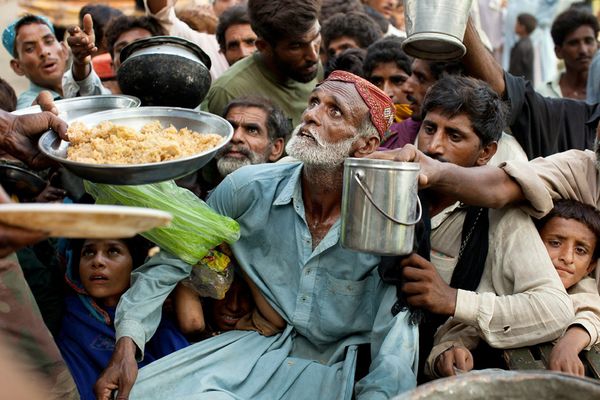The COVID-19 pandemic could cause about half of the world’s 3.3 billion global workforce to lose their sources of livelihoods.
This is according to a joint statement released on October 13, 2020 by the ILO, FAO, IFAD and the WHO titled ‘Impact of COVID-19 on people’s livelihoods, their health and our food systems’.
“Millions of enterprises face an existential threat. Nearly half of the world’s 3.3 billion global workforce are at risk of losing their livelihoods”.
The WHO and partners stated in this statement that the informal economy workers are particularly vulnerable because the majority lack social protection and access to quality health care and have lost access to productive assets.
“Without the means to earn an income during lockdowns, many are unable to feed themselves and their families. For most, no income means no food, or, at best, less food and less nutritious food”.
The joint statement indicated that the COVID-19 pandemic has led to a dramatic loss of human life worldwide and presents an unprecedented challenge to public health, food systems and the world of work.
“The economic and social disruption caused by the pandemic is devastating: tens of millions of people are at risk of falling into extreme poverty, while the number of undernourished people, currently estimated at nearly 690 million, could increase by up to 132 million by the end of the year”.

The WHO also highlighted the impact of the pandemic on the entire food system, whose fragility has been exposed by the pandemic.
“Border closures, trade restrictions and confinement measures have been preventing farmers from accessing markets, including for buying inputs and selling their produce, and agricultural workers from harvesting crops, thus disrupting domestic and international food supply chains and reducing access to healthy, safe and diverse diets”.
“The pandemic has decimated jobs and placed millions of livelihoods at risk. As breadwinners lose jobs, fall ill and die, the food security and nutrition of millions of women and men are under threat, with those in low-income countries, particularly the most marginalized populations, which include small-scale farmers and indigenous peoples, being hardest hit”.
The statement further indicated that “Millions of agricultural workers; waged and self-employed, while feeding the world, regularly face high levels of working poverty, malnutrition and poor health, and suffer from a lack of safety and labour protection as well as other types of abuse”.
The WHO further explained that, with low and irregular incomes and a lack of social support, many of the agriculture workers are spurred to continue working, often in unsafe conditions, thus exposing themselves and their families to additional risks.

“… when experiencing income losses, they may resort to negative coping strategies, such as distress sale of assets, predatory loans or child labour”.
The following measures were recommended by the WHO and its joint partner institutions to help minimise the impact of the pandemic on the vulnerable.
“Immediate and purposeful action to save lives and livelihoods should include extending social protection towards universal health coverage and income support for those most affected.
“This include workers in the informal economy and in poorly protected and low-paid jobs, including youth, older workers, and migrants. Particular attention must be paid to the situation of women, who are over-represented in low-paid jobs and care roles.
“Different forms of support are key, including cash transfers, child allowances and healthy school meals, shelter and food relief initiatives, support for employment retention and recovery, and financial relief for businesses, including micro, small and medium-sized enterprises.
“In designing and implementing such measures it is essential that governments work closely with employers and workers”.





















